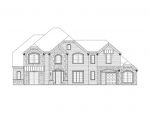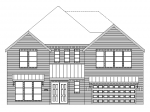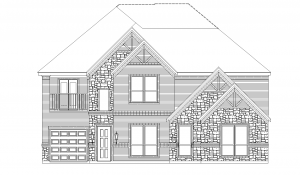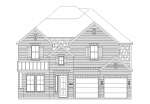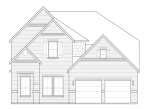If you have an emergency, please contact the vendor directly to get the issue resolved as soon as possible. Once you have contacted the vendor to get a resolution started, please submit a warranty request through our website. A Manager will then be notified to follow up with you and the vendor to ensure you are taken care of as soon as possible. The Manager will also want to inspect the issue to see if any further action is required to get the situation completely resolved for you. Please be advised that if an emergency service is deemed as homeowner caused (damage, lack of maintenance, etc.) or an act of nature (storm, etc.), a service charge could be imposed by the vendor upon service.
Emergency Contacts
→ Plumbing: Cathedral Plumbing at (972) 446-2500
→ HVAC: K&S Heating & Air at (972) 271-9319
→ Electrical: Lanehart Electric at (972) 721-1004
→ Roofer: Corey Construction at (832) 300-3700 or CMAC at (214) 640-0214
Emergency includes situations such as:
- Smell gas at any time: Turn off the supply where it comes out of the wall and contact the plumber. If you smell gas coming from your outside meter, contact the gas company.
- Water leaks at interior fixtures: Turn off the water supply where it comes out of the wall or at the main house cut off location and contact the plumber. The water lines are full of water all over your house, so if you cut off the whole house, you will need to drain the water lines by turning on an exterior faucet.
- Short in electrical: Turn the affected breaker off in your electrical panel and contact the electrician.
- Roof leak: Contact the roofer as soon as the weather allows. If the leak is caused by the storm, please contact your insurance company to inspect as well.
- HVAC not working: Contact the HVAC company directly to get the ticket started. The following emergency guidelines are for houses with only one HVAC system. If you have two systems, please move into the part of the house that is working and submit a request, this is not considered an emergency.
- Total loss of heat when the outside temperature is below 40 degrees F
- Total loss of air conditioning when the outside temperature is above 90 degrees F
